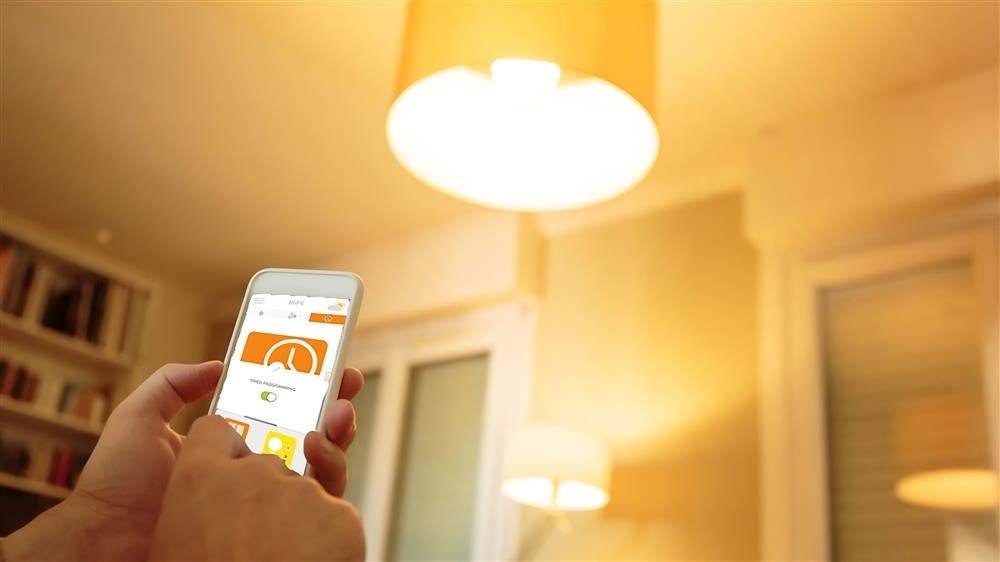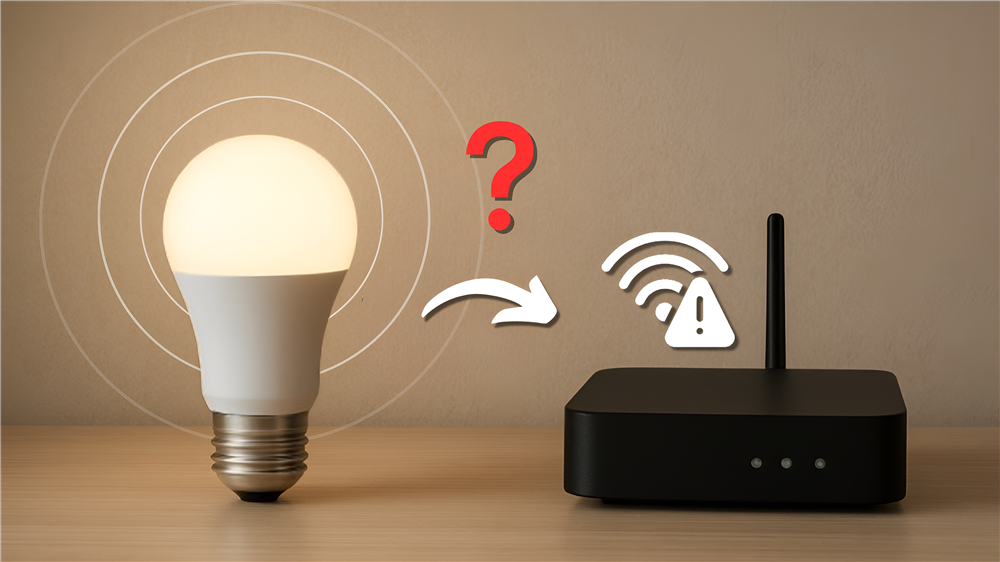Smart lights are becoming a common part of modern homes. They make life easier, save energy, and help create the perfect mood with just a tap on your phone. But like any other device, smart lights need proper care to last longer and perform their best. Many homeowners love the convenience of smart lighting, yet most don’t realise that simple habits can keep these lights shining brightly for many years.
So, why does this matter? Smart lighting is a whole system made up of bulbs, strips, apps, sensors, and wireless connections. When any part is not maintained properly, your lights may disconnect, or lose brightness over time. In Malaysia, where humidity, heat and frequent usage are normal, smart lights need a little extra care. By understanding the right way to maintain your smart lights, you prevent early damage and enjoy smoother performance every day.
1. DO Clean Your Smart Lights Regularly
Dust and dirt can build up on bulb surfaces and light strips, making the light look dull or uneven. In humid climates, dust sticks even faster, so giving your lights a gentle wipe every few weeks helps them stay bright by using a soft dry cloth and avoiding strong cleaning sprays. For instance, wiping your ceiling bulb can instantly make a room look brighter without touching any settings. Keeping the surface clean also prevents heat build-up, which helps extend the bulb’s lifespan. Regular cleaning also helps you spot any early signs of wear or damage, so you can fix issues before they get worse.
2. DON’T Install Smart Lights In Extreme Heat Or Moisture
Smart lights are designed to handle normal indoor conditions, but placing them in very hot or wet areas can shorten their lifespan. For example, installing a non-waterproof smart light strip too close to a steaming shower or above a stove can cause it to damage quickly. The humidity or heat may damage the internal parts of the lights. If you want lighting in areas like bathrooms or balconies, choose smart lights with proper waterproof and heat-resistant ratings. This simple step prevents unnecessary replacement costs.
3. DO Keep Your Smart Lighting App And Firmware Updated
Many people don’t realise that smart lights need updates just like a smartphone. These updates help fix bugs, improve performance, and bring new features. When your app notifies you of an update, don’t ignore it. For example, a user who updates their smart bulb’s firmware may notice smoother dimming or faster response time. Staying updated ensures your system works well with new home devices you may add later. Frequent updates also improve compatibility with voice assistants and more smart home devices, making the system more reliable.
4. DON’T Overload Your Wi-Fi With Too Many Devices
Smart lights rely on a stable connection to work well. When your Wi-Fi is crowded with phones, TVs, and other devices, your lights may respond slowly or disconnect. Using a stronger router or separating devices onto different bands can help keep everything running smoothly. Separating your smart lights also makes troubleshooting easier. The good news is that smart lights use very little bandwidth, so they won’t slow your Wi-Fi. With the right router setup, you can enjoy steady lighting and smooth internet at the same time.
5. DO Use The Right Dimmers And Switches
Smart lights work best with compatible accessories. Using older or non-smart dimmers can cause flickering or even damage the bulb. For example, someone who installs a traditional dimmer might notice the smart bulb buzzing or changing brightness on its own. This happens because smart lights are already designed to control brightness through the app. To keep your lighting safe, always use smart switches or leave your wall switch in the “on” position so the bulb can operate properly.
6. DON’T Turn Smart Lights Off From The Wall Switch
This is one of the most common mistakes. When you flip off the wall switch, your smart light loses power and becomes unreachable from the app. For instance, when someone tries to adjust the colour of their living-room bulb but the switch is off, they may think the light is not working when it simply has no power. Keep the switch “on” and control everything through the app or voice command. This ensures the bulb stays connected and ready anytime. It also keeps scheduled lighting routines running smoothly, so your home always has the perfect ambience.
7. DO Check Your Power Sources And Voltage Stability
Malaysia’s weather can cause small power fluctuations. While they may not damage most devices immediately, constant voltage drops can affect smart lighting over time. Someone using multiple extension plugs for their lights may also face short circuits. Always plug your smart lights into safe sockets and avoid sharing too many high-power appliances on the same line. Stable power helps your smart lights last longer and perform better. Using a surge protector can give extra protection against sudden voltage spikes, keeping your smart lights safe.
Smart lights are a wonderful addition to any home. They make life easier, save energy, and bring comfort with beautiful lighting effects. But like any technology, they need proper care to work their best. By following these simple do’s and don’ts, you’ll enjoy a smoother and longer-lasting smart lighting experience.
Ready to upgrade your home lighting into something more modern? Get a free lighting proposal plan by scheduling a visit to the Copper Connect showroom! Our lighting experts will guide you in designing the perfect smart lighting setup that fits your home or workspace perfectly.









 Have you ever wondered whether
Have you ever wondered whether







